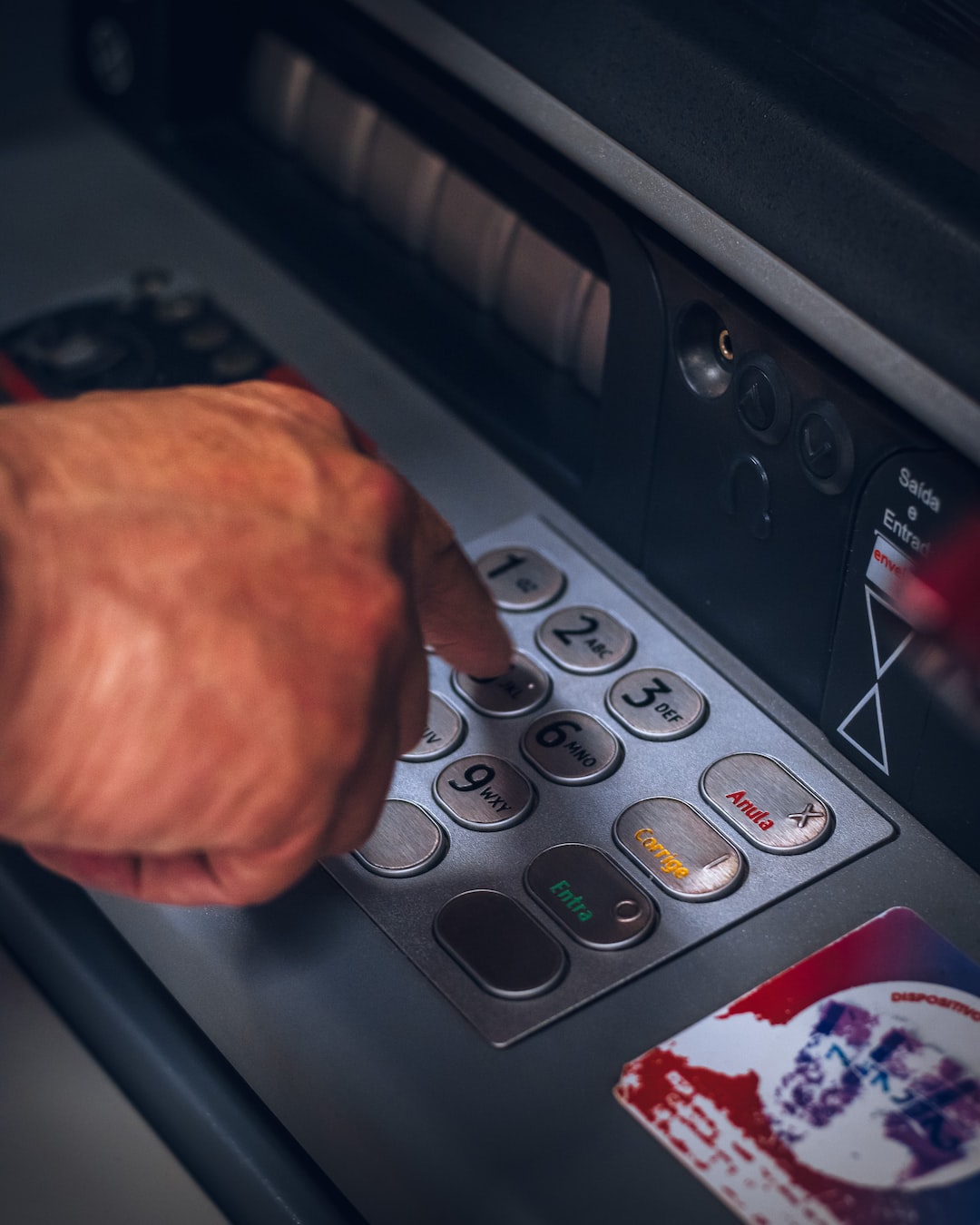Forex trading can be a lucrative venture if you have the right tools and knowledge. One crucial aspect of forex trading is determining the lot size. The lot size refers to the number of currency units you trade in a single transaction. A lot size can have a significant impact on your trading performance. If you trade too large a lot size, you can risk losing your entire trading account. On the other hand, trading too small a lot size can limit your profits. In this article, we will discuss how to determine lot size in forex.
Understand the Types of Lot Size
Before we delve into how to determine lot size in forex, it is essential to understand the different types of lot size. In forex trading, there are three types of lot sizes, namely:
1. Standard lot size – A standard lot size is the most common lot size in forex trading. It comprises 100,000 units of the base currency. For example, if you trade the EUR/USD currency pair, a standard lot size means trading 100,000 Euros.
2. Mini lot size – A mini lot size is a smaller lot size than a standard lot size. It comprises 10,000 units of the base currency. For example, if you trade the EUR/USD currency pair, a mini lot size means trading 10,000 Euros.
3. Micro lot size – A micro lot size is the smallest lot size in forex trading. It comprises 1,000 units of the base currency. For example, if you trade the EUR/USD currency pair, a micro lot size means trading 1,000 Euros.
Determine Your Risk Management Strategy
The lot size you choose should align with your risk management strategy. Risk management is crucial in forex trading, and it involves managing your trading risks to protect your trading account from significant losses. If you are a conservative trader, you may opt for a smaller lot size to minimize your losses. Conversely, if you are an aggressive trader, you may choose a larger lot size to maximize your profits. It is important to note that the lot size you choose should align with your trading style and risk tolerance.
Calculate the Position Size
To determine the lot size, you need to calculate the position size. The position size refers to the amount of currency you will trade in a single transaction. To calculate the position size, you need to consider the following:
1. Risk per trade – The risk per trade refers to the amount of money you are willing to risk on a single trade. It is usually expressed as a percentage of your trading account balance. For example, if your trading account balance is $10,000, and you are willing to risk 1% per trade, your risk per trade is $100.
2. Stop loss level – The stop loss level is the price level at which you will exit the trade if it moves against you. It is essential to set a stop loss level to limit your losses if the trade does not go as planned.
3. Pip value – The pip value is the value of a pip in the currency you are trading. A pip is the smallest price movement in a currency pair. The pip value varies depending on the currency pair and the lot size you are trading.
The formula for calculating the position size is as follows:
Position size = (Risk per trade / Stop loss level) x (pip value x lot size)
For example, if you want to trade the EUR/USD currency pair, and you have a trading account balance of $10,000, and you are willing to risk 1% per trade, your risk per trade is $100. If you set your stop loss level at 50 pips, and the pip value for the EUR/USD currency pair is $10, your position size calculation will be as follows:
Position size = ($100 / 50 pips) x ($10 x 1 standard lot) = 2 standard lots
In this example, your lot size will be two standard lots.
Conclusion
Determining the lot size in forex trading is crucial for your trading success. It is essential to understand the different types of lot sizes and calculate the position size based on your risk management strategy. By following these steps, you can determine the lot size that aligns with your trading style and risk tolerance. Remember, forex trading involves significant risks, and it is essential to manage your risks to protect your trading account.





